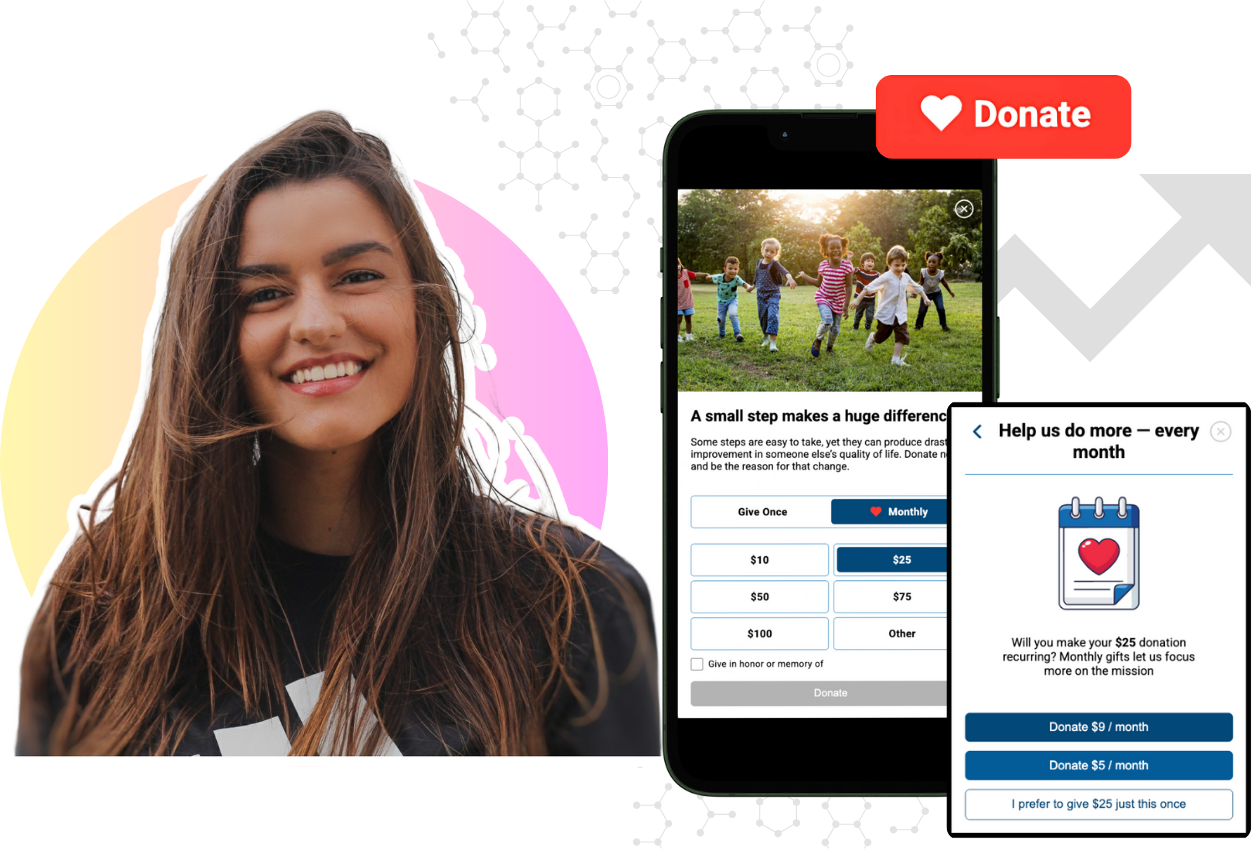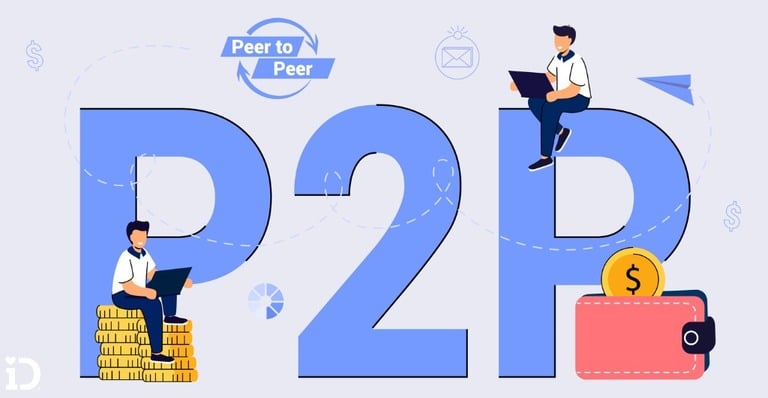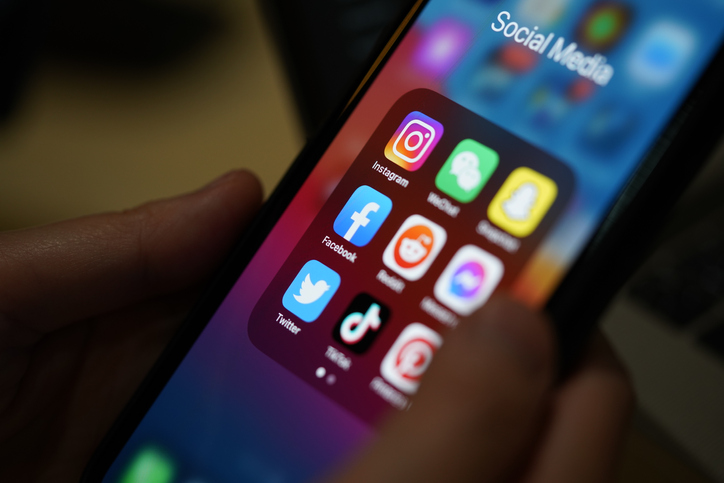Why You Should Care About P2P Fundraising
If you want to be hip with the lingo, P2P stands for peer-to-peer fundraising—a phenomenon that raises billions of dollars each year. We see P2P in...

Mobile-First Pop-Up Donation Form
Launch mobile-first pop-up forms in minutes, use built-in tools to capture more donations, and optimize the giving experience—no dev team required.
New to online donation pages for your nonprofit? Start here.
Donation page A/B testing - no science degree needed.
Keep your donation page loading fast - and drive higher conversions.

The 4 Types of Online Donation Experiences
89% of donors leave without giving. Learn how to use the right donation form to close the gap and boost conversions.

So your organization has its eyes set on a campaign goal, and are looking for ways to promote it. How do you get your team members to join in and spread the word about your mission? There are many ways to do so, but peer-to-peer fundraising is one of the best, and most fun ways, to hit your goal and get others involved.
Use this guide (and the quick links below) for tips and ideas on how to create the best peer-to-peer fundraising campaign.
Peer-to-peer fundraising is a type of campaign that uses your team members and supporters to raise money on your organization’s behalf. Your organization creates a main page about the campaign, then your volunteers sign up to create their personal page that connects back to the main page.
Also called social fundraising or just P2P, peer-to-peer is crowdfunding and personal fundraising rolled into one. It is a great way to hit fundraising goals and get your team and the local community involved. It utilizes the popularity of online giving through the power of word-of-mouth and social media, while giving each campaign member a creative way to hit their own goal for the larger cause.
For all your donors, whether they are family, friends, or strangers, the benefits of peer-to-peer fundraising campaigns includes the creation of strong advocates and everyone working together. It puts many faces to the name of the organization, and gives donors an immediate connection to the cause. It’s personal, shareable, and allows for an extensive amount of creativity to raise money together.
Campus Outreach leveraged all the benefits of iDonate Peer-to-Peer and saw tremendous success. Watch the video below to see how their Summer Beach Project became easier and more empowering for everyone.
The great thing about P2P is that it can be used for just about anything. It is designed to bring many people together for a single cause while giving each member their own page to tell their own reason why they are supporting it. It’s ideal for larger events so you can hit a bigger goal, but it is still great for smaller campaigns to support a more specific focus. As well, any P2P campaign can also be for a virtual event so to still connect people even if they can't meet in person.
Below are some quick ideas where peer-to-peer fundraising can be used.
See how Belmont Abbey College and Alabama Baptist Children's Homes used iDonate Peer-to-Peer to boost their Giving Tuesday success. →
Whatever P2P campaign idea your organization chooses to go with, setting up your peer-to-peer fundraising page is the same for all. Keep these tips in mind to start off on the right foot.
Big or small, a fundraising goal gives you and your donors something to strive for. We suggest a minimum of $200. Remember, this can be changed anytime you want during your campaign.
Everyone has their own “why” – why they decided to take action and raise money. Our stories are what connect us. Sharing your personal story is an effective way to motivate others to donate on your behalf or join in on the fun and raise money themselves. You will help inspire a more personal connection to why this cause is important - that’s why what you have to say is important.
A picture is worth a thousand words. A video can show your personality. Find a picture or video that captures your story and share it on your P2P fundraising page. The best is one of yourself volunteering with the organization or for the cause you are raising money for, or something of your entire team at a group event. If possible, have a phot or video that matches with the story you told from above. Find a way that shows the reader the real action of the cause.
As you’re building out your P2P page and figuring out how to promote it, keep your brand and messaging consistent across all channels. Use the same link, logos, and colors.
See the success that America's VetDogs and The Guide Dog Foundation had with iDonate Peer-to-Peer Fundraising. →
Now that you have your P2P page ready to go, it’s time to get it rolling by starting with these tips.
It is scary to be the first donor to a fundraiser. Seeing $0 on your page can be very intimidating (especially if you have a big goal) and a lot of donors will tell themselves, “I will come back and make a donation later,” but never do. To show your personal commitment to your fundraiser and encourage others to donate, we suggest being the first donor on your peer-to-peer fundraising page.
We all have those friends, family members and co-workers that would do just about anything for us – help us move, babysit our kids, ditch their plans to meet up with us last minute, etc. Make a list of the people you can always count on and reach out to them personally via phone/text or email to make a donation. Again, it is important to make this a 1:1 ask because we want them to feel special.
After you have completed the above, it is time to reach out to everyone in your contacts.
A successful peer-to-peer fundraising email includes these things:
People tend to gloss through emails quickly, especially if they get a lot of them. Keep it brief, but remember to focus on engagement. Tell your story in a quick, yet powerful way that grabs the reader's attention immediately. Also make sure to update this email list throughout your campaign. Communicate often about your progress and your upcoming P2P fundraising deadline and goal.
We know our friends and family spend time on social media, so why not share your P2P fundraiser with them there? Post images and a brief description of your fundraiser on Facebook, Twitter, Instagram, LinkedIn, Snapchat, or TikTok. What might be more fun is sharing a short video to social media – sometimes it is easier to verbally communicate your story as opposed to writing it.
As well, social media is usually the best place to get your P2P fundraiser out beyond your family and friends. By using hashtags and even tagging other people, you can grow your fundraiser to the entire world and make it a true crowdfunding event.
Make sure to share your peer-to-peer fundraising link with your post. We recommend adding the verbiage “link in comments” at the end of your post and pasting your personal fundraising link to the first comment on your post. This will ensure more people see your post (thanks algorithms!).
Sometimes, people may need a little more of a push than just a single post or email. Give them a convincing reason to donate with these fun ideas.
Get creative with your fundraising and find ways to engage with your network. This also will help create urgency around your campaign, and urgency = fundraising success.
Here are a few of our favorite fun incentive examples:
Also let them know that their donation could be matched by their employer. Corporate matching gifts are a great way to effectively double their donation with just a couple clicks.
Who doesn’t like a little friendly competition? Get your friends and family to help you raise the most money by the end of the week vs. your fellow competitors, and maybe the last-place finisher gets a pie to the face. Just remember to keep your eyes on the true prize, and that is hitting the target goal for the organization’s campaign.
Even in the midst of a competition, it is still a good idea to support your teammates. The benefits of peer-to-peer fundraising go beyond just the monetary numbers. It's about connection. Everyone who is a part of the campaign is supporting the same cause and all money raised is going to the same place. If a friend is aiming for a certain goal or especially if they have hit a certain milestone, be sure to share their link to your own audience to further spread the message.
Find the best ways to increase online giving with powerful tools and optimizers from iDonate, including Peer-to-Peer. →
Once people have donated to your P2P campaign, giving them and everyone consistent updates builds constant and stronger connections. This is what truly puts the “social” in social fundraising. How should you use email and social media to share these updates?
Last but not least, saying thank you to your donors goes a long way in showing gratitude for their donation. You can call/text or email, but make sure you send a personal thank you to every donor.
If you have heavily used social media, tag them in a post or two to further call them out. Better yet, try and go the extra step and make a video of you thanking everyone by name. Whichever way you choose, thanking your donors shows their donation was more than just another transaction, but that you personally felt the impact of their generosity.
Use this checklist to make sure you have everything in order to best set yourself up for peer-to-peer fundraising success.
Now that you know the benefits of peer-to-peer fundraising, are you ready to the next level? iDonate has the powerful tools and support to amplify your giving through P2P. Click the link below to contact us and get started.

If you want to be hip with the lingo, P2P stands for peer-to-peer fundraising—a phenomenon that raises billions of dollars each year. We see P2P in...

Today’s donors expect more. When they choose to give online, they expect simplicity, transparency, and security. When your giving platform checks...

Social media for nonprofits is a vital part of any fundraising strategy. It’s not only a great way to spread awareness about your cause, but also...